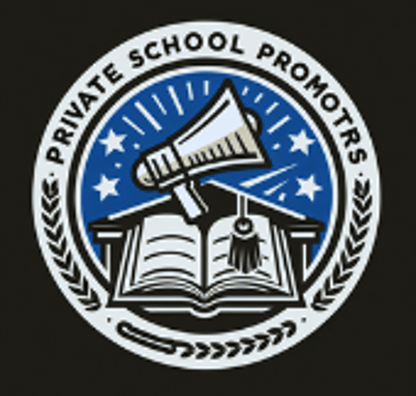Adapting Your Curriculum to Meet the Growing Demand for Holistic Education
3/18/20252 min read


Understanding Holistic Education
In recent years, there has been a notable shift in educational paradigms, with a growing emphasis on holistic education. This approach recognizes that learning should not only focus on academic achievement but also on the emotional, social, and physical well-being of students. Holistic education aims to nurture the whole child, promoting a balanced development of various competencies and values. As a result, educators must adapt their curricula to meet this demand, incorporating holistic principles into their teaching strategies.
Strategies for Curriculum Adaptation
To effectively transition towards a holistic education model, it is imperative for educators to consider innovative strategies for curriculum adaptation. One primary method is the integration of interdisciplinary learning. By creating connections between subjects, teachers can help students see the relevance of their education in real-world contexts. For instance, a project that combines science, art, and social studies can engage students in critical thinking and problem-solving, enhancing their overall educational experience.
Furthermore, it is essential to incorporate social-emotional learning (SEL) into the curriculum. This involves teaching students skills such as empathy, self-regulation, and relationship-building, which are crucial for their holistic growth. Educators can implement SEL through various activities such as group work, reflective journaling, and conflict resolution exercises, allowing students to develop both their personal and interpersonal skills.
Assessing the Impact of Holistic Education
To ensure the effectiveness of a holistic curriculum, educators must regularly assess its impact on student development. This can be achieved through a combination of qualitative and quantitative measures. Surveys and interviews can provide insights into students' emotional and social growth, while traditional assessments can help gauge academic performance. By evaluating multiple facets of student experiences, educators can refine their approach and create an even more enriching learning environment.
Moreover, the feedback from parents and the community can also inform curricular adjustments. Engaging stakeholders in dialogue about their perceptions of holistic education can yield valuable insights that encourage a more collaborative approach to curriculum development.
In conclusion, the increasing demand for holistic education necessitates a proactive response from educators. By adopting interdisciplinary learning strategies, emphasizing social-emotional skills, and regularly assessing the impact of curricular changes, educators can ensure that their students receive a well-rounded education. The ultimate goal is to prepare students not only for academic success but for fulfilling lives as responsible and capable individuals.
